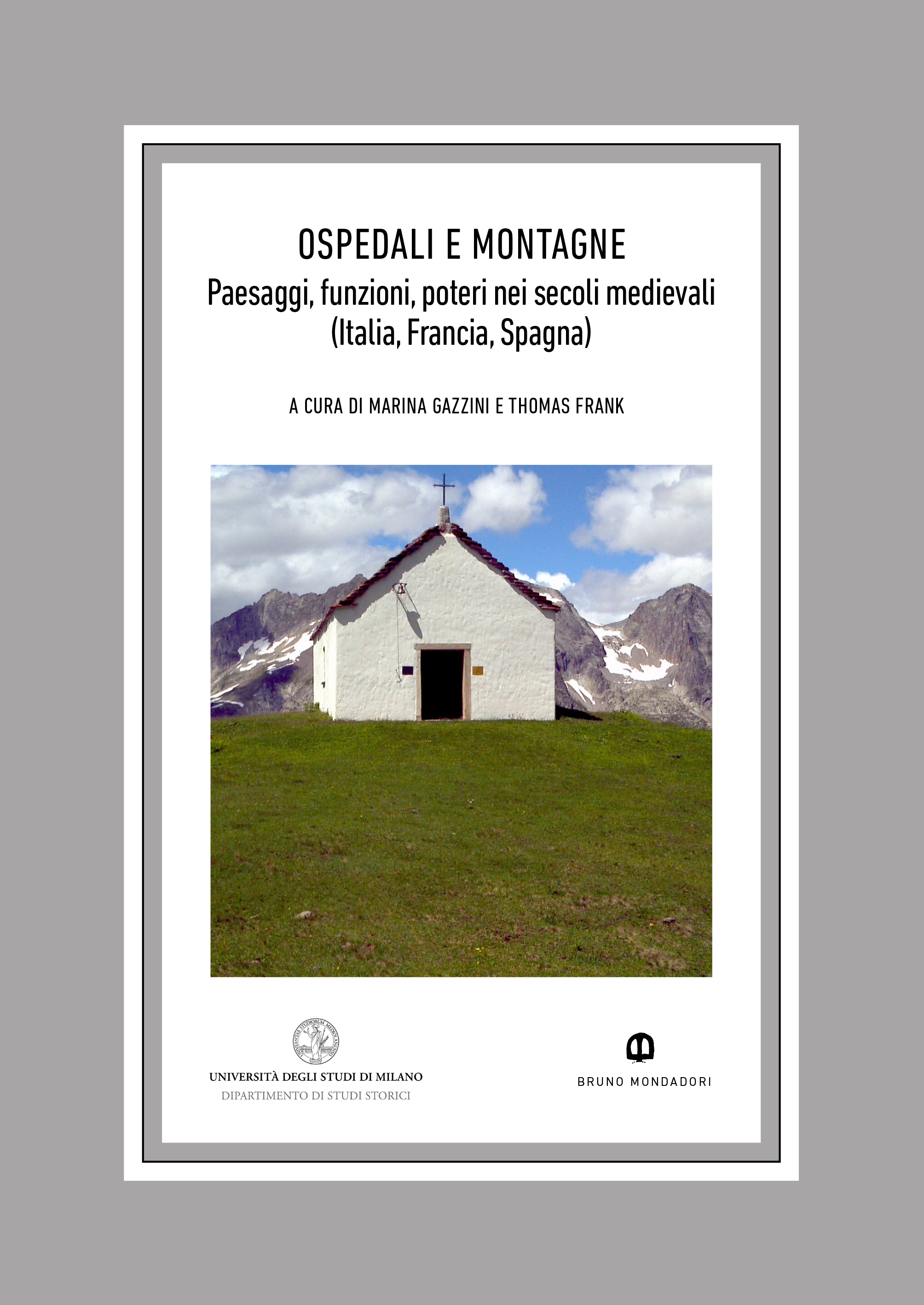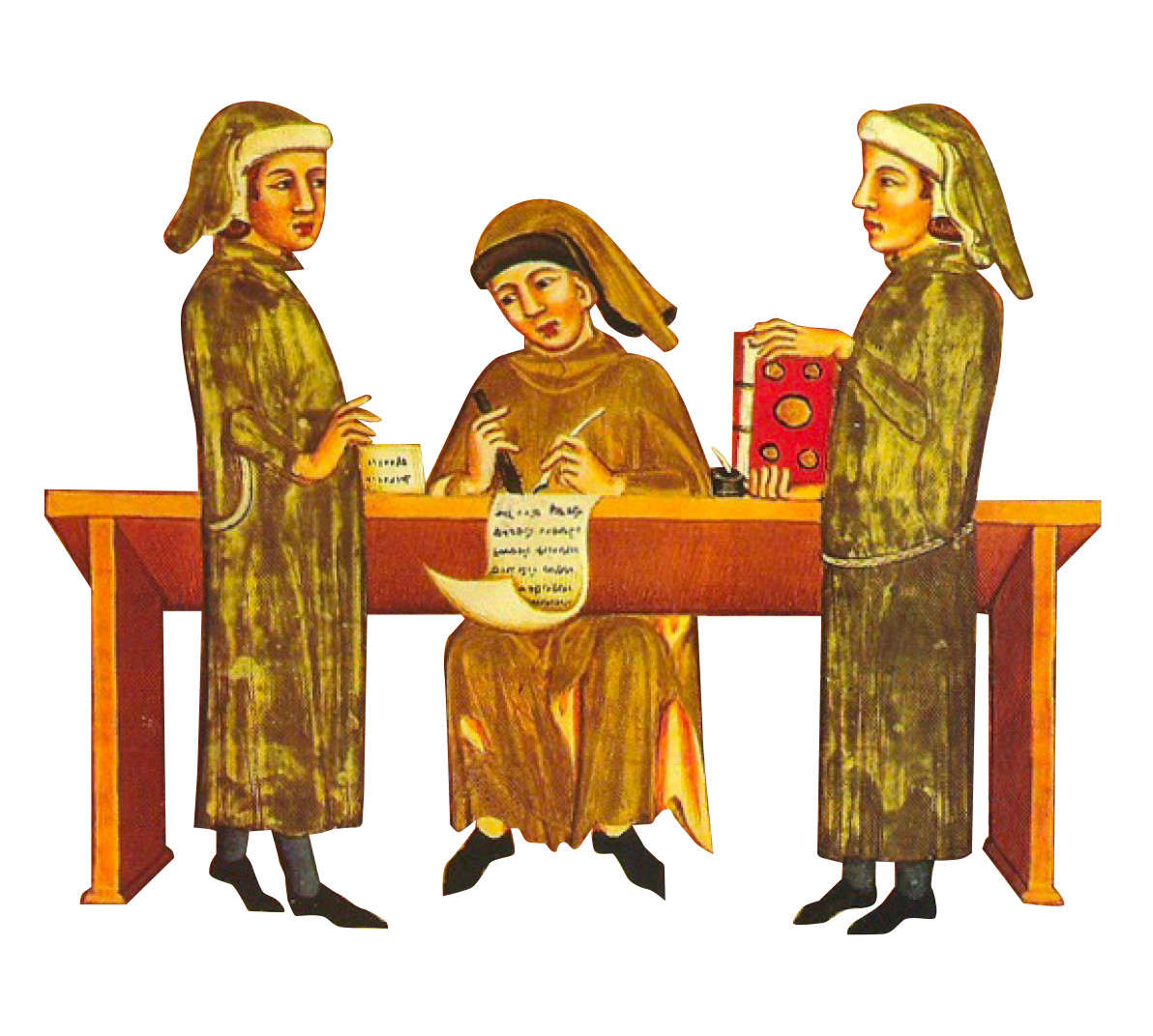Representing the landscapes of the Alps. The writings of the notary Ruggero Beccaria for the hospital of S. Romerio in Brusio and S. Perpetua in Tirano
DOI:
https://doi.org/10.54103/2611-318X/16148Keywords:
Middle Ages, Valtellina, Alps, Como, Hospitals, Notaries, Notarial languageAbstract
In 1237, the churches of S. Romerio in Brusio and S. Perpetua in Tirano, with their hospital, were united into a single entity, which inherited goods and rights of both. The notary Ruggero Beccaria played a leading role in the management of this delicate transition, both from an institutional point of view and in terms of the documentation. he drew up a cartulary (1244) and an inventory of assets (1255, published in the appendix to this contribution), as well as more than seventy loose documents. This essay investigates whether and to what extent Ruggero’s writings, with their particular graphic and conceptual forms, were able to represent the mountain landscape and the relationship with it. Their analysis revealed a sensitive lexical specialisation and a particularly accurate use of linguistic structures for the precise identification of spaces. Moreover, thanks to the skilful use of deixis, the relationship of people with space is always clearly identified and socially defined. In this perspective, Ruggero knew how to use the landscape in a way that was integral to his own objectives of constructing forms of representation, being able to connect places, institutions, actions and strategies of power. Notarial forms were distorted by narrative practices, thereby generating uniquely political representations.
Downloads
Downloads
Published
How to Cite
Issue
Section
License

This work is licensed under a Creative Commons Attribution-ShareAlike 4.0 International License.




